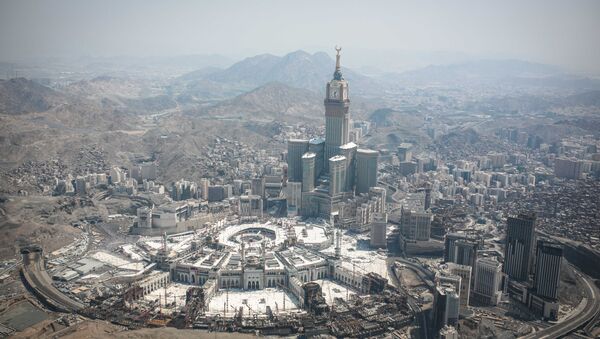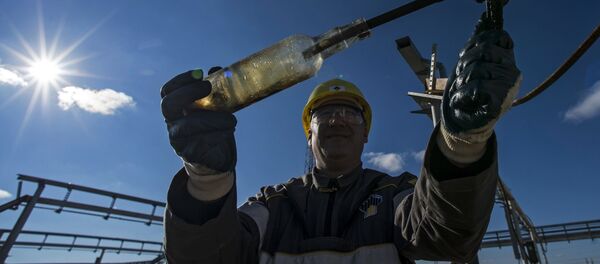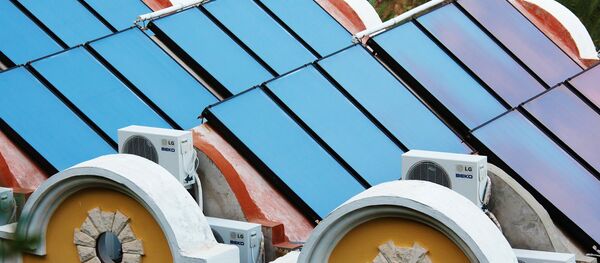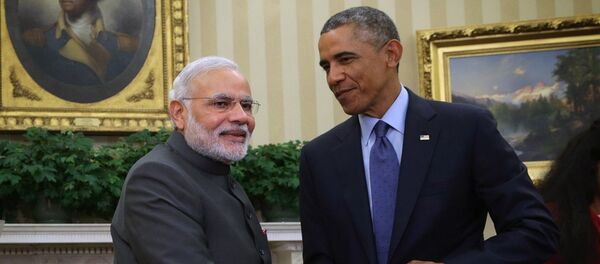Saudi Energy Minister Khalid Al Falih, speaking at the ongoing World Future Energy summit in Abu Dhabi, the capital of UAE, said that his country looks forward to generating 10 gigawatts, from a combination of solar, wind and geothermal power projects, to be installed by 2023.
While solar and wind power exploitation in Saudi Arabia are evident, it is less known that there are at least 10 geothermal sources within the kingdom. Local media reports recent studies showing geothermal sites in the Al Khouba area, in the southwestern province of Jizan.
After preliminary examination of the sites, involving satellite imagery, geo-indicators and a 2D electric geophysical survey, researchers estimate that an Al Khouba geothermal plant could generate up to 17.847 megawatts of energy.
According to Al Falih, "there will be significant investment in nuclear energy," as well, adding that Saudi Arabia is currently developing its first two commercial nuclear reactors with a total output of 2.8 gigawatts.
According to the Riyadh-based King Abdullah Center for Atomic and Renewable Energy (KACARE), fossil fuels will remain a prime element in the energy mix, up to 2032, with estimated net output of 60 gigawatts. This will also be supported with an optimistic prediction of 17.6 gigawatts from nuclear energy, 41 gigawatts from solar energy, of which 16 gigawatts will be generated through the use of photovoltaic cells, and 25 gigawatts by concentrated solar power, 9 gigawatts from wind power, 3 gigawatts from waste processing and 1 gigawatt from geothermal plants.







